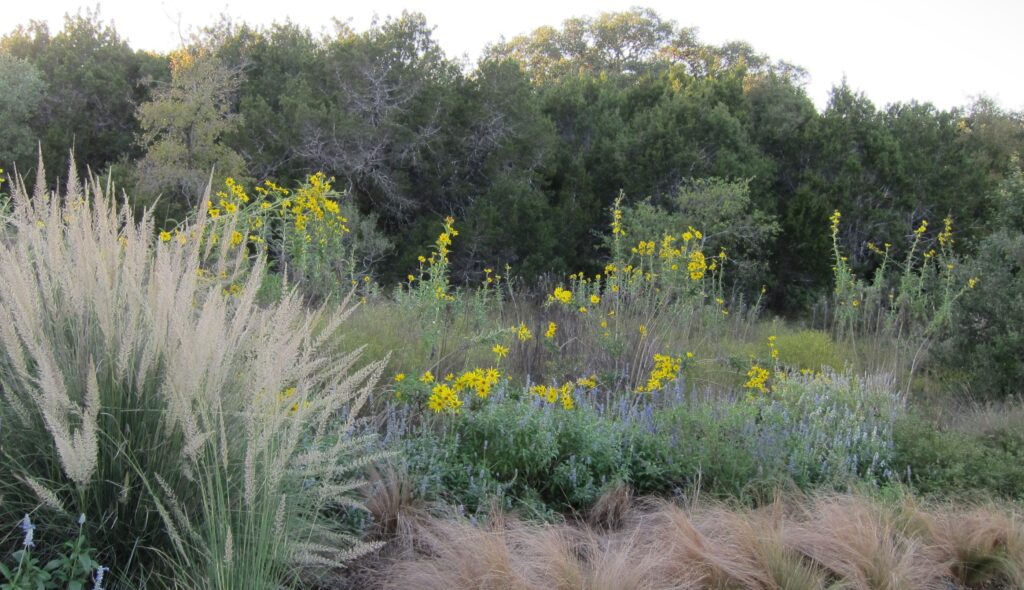
By: Bill Hopkins —
Have you been hesitating to start a native plant garden because you don’t know which plants to use? Then this post is for you. In just three easy steps you can find the native plants that will work best for your site.
Step One: Learn what ecoregion you are in
Texas is a big state and plants that are best for Amarillo or El Paso are not the same as the ones that work best along the Lousiana border. There are twelve different Level 3 Ecoregions in Texas. In each ecoregion plants adapted over centuries to the specific soils, water availability, temperatures and other conditions. Your first step is to learn which ecoregion your site is located in.
We are going to do this by using the interactive ecoregion map on the Native Plant Society of Texas website.
Zoom in on the map to find the general area where your garden site is located. Checkmark the Level 3 Ecoregion box in the upper right and then click on your region. A pop-up will provide a description of the region.
Step Two: Find which plants are native to your ecoregion
Next go to the NPSOT Plant Database. Here you can use the criteria on the right side of the webpage to select plants that are native and that will thrive in your area. Start by going to the ecoregion criteria selector and entering the ecoregion we found in the first step. Then use the other criteria selectors to select the amount of sunlight and water the site receives. You can also select soil type. When you hit the enter button you will see only the plants that match the ecoregion and conditions on your site. You can also narrow your search down by selecting just those plants that match your height an width preferences or wildlife needs. Clicking on the plant names will give you a printable table of plant characteristics and maintenance requirements, as well as photos.
Step Three: Obtain the plants you want
Now that have a plant list for your garden you may be wondering where to get these plants. Most will not be available in big box stores. But click here to take you to a list of nurseries that participate in the NPSOT Native Plant Partners program. These nurseries work with NPSOT to make native plants available to the public.
An alternate source is native plant sales conducted by NPSOT chapters and arboretums around the state. Click here to go to a current list of the upcoming plant sales around the state.
Now you are all set with the plants you need. Just dig the holes and put in the plants. Remember the maintenance requirements are listed along with the plant characteristics we found back in Step Two.
Bonus: Get more involved
Want to learn more about native plants? You can find many resources and opportunities right on the NPSOT website. Take one of their classes taught by experienced native plant experts. Go here to find a list of the upcoming classes available. These classes usually last several hours and provide help with recognizing native plants, designing a garden and maintaining a garden.
Or you may want to join a NPSOT local chapter where you can learn from speaker presentations and workshops as well as rubbing shoulders with others like yourself.
If you already belong to an HOA or garden club you might want to take advantage of this speakers list. If you see a subject that interests you will need to contact the speaker your self to make all the arrangements.


